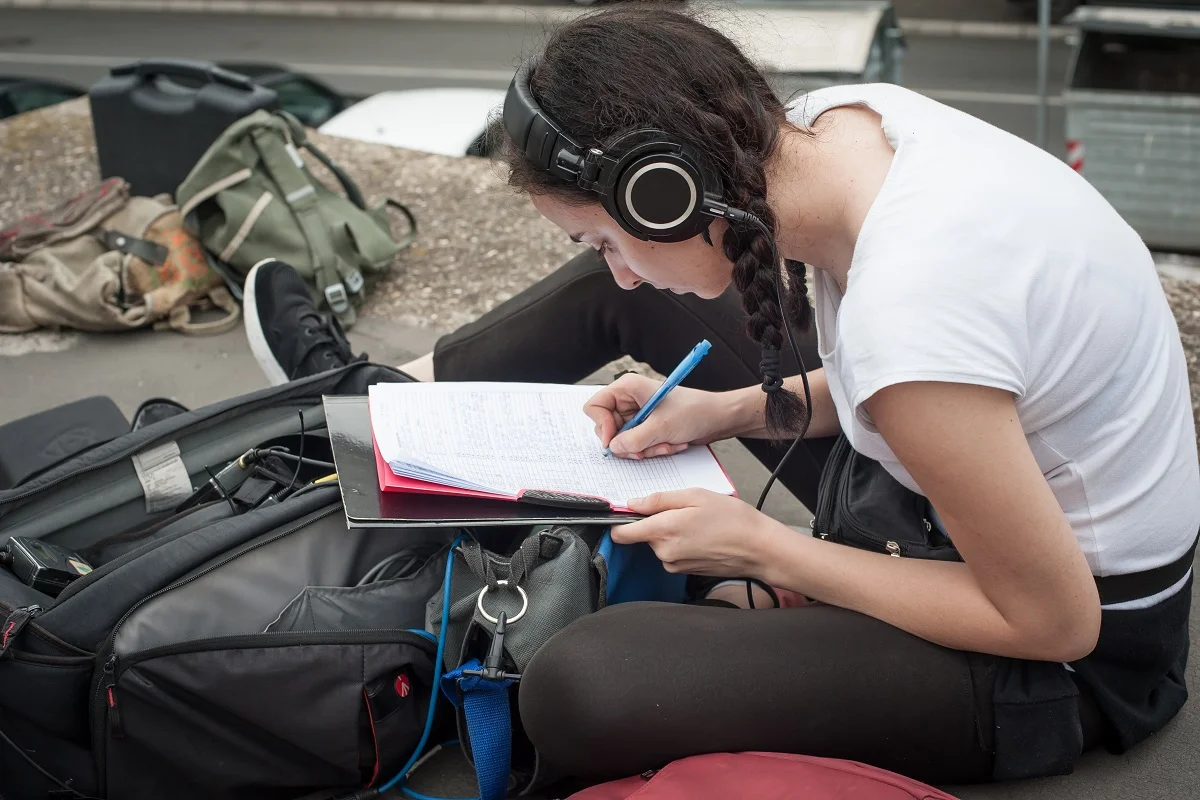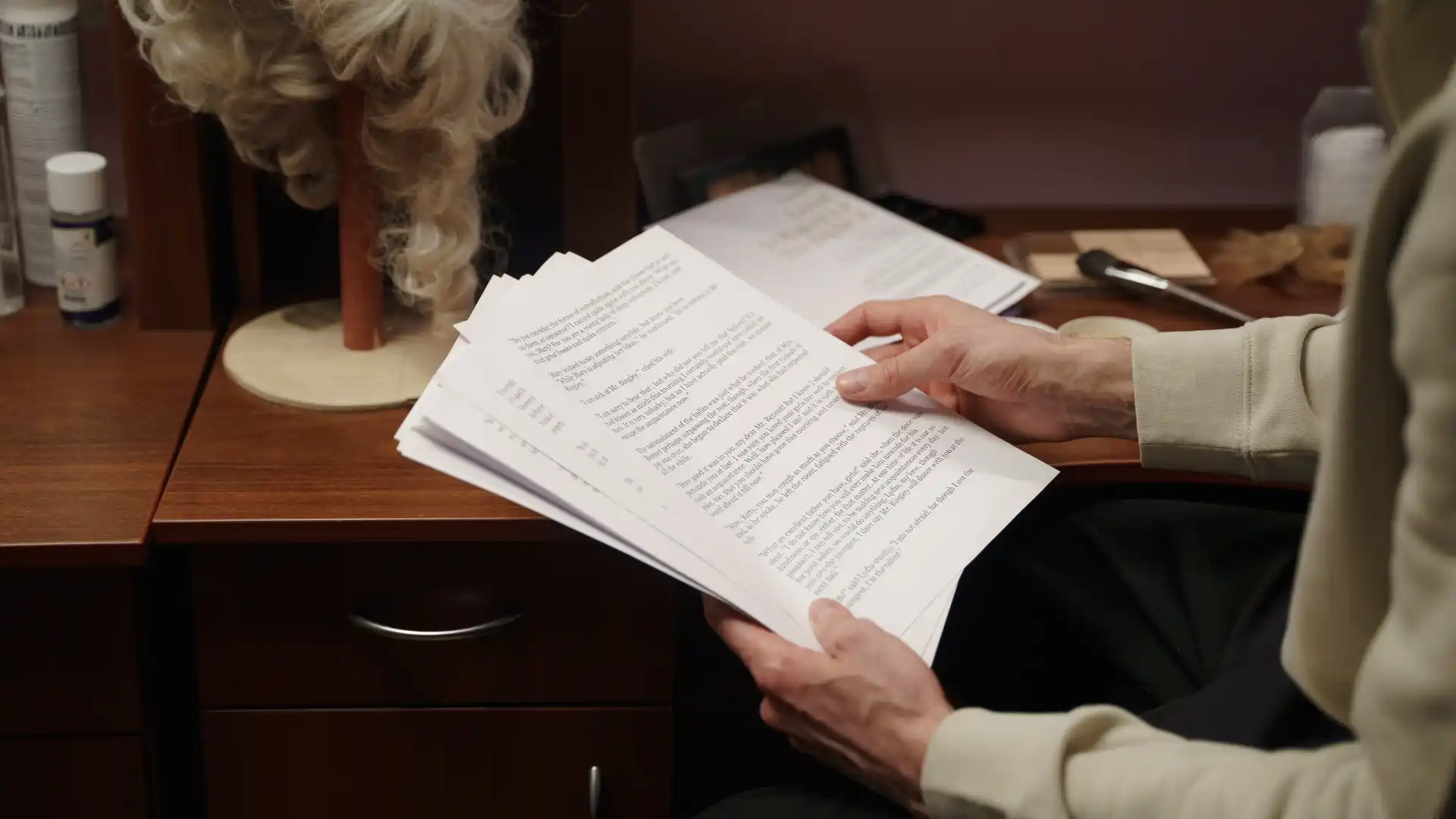Storyboarding is a crucial aspect of the commercial production process. It serves as a visual blueprint that outlines the sequence of shots and helps convey the story and message of the commercial effectively. A well-executed storyboard can streamline the production process, ensure clear communication between team members, and ultimately lead to a successful commercial.
In this article, we will delve into the world of storyboarding for commercials, exploring its importance, key elements, best practices, and tips for creating compelling storyboards that resonate with audiences.
Why Storyboarding is Essential for Commercials
Storyboarding plays a vital role in the commercial production process for several reasons. Firstly, it helps visualize the narrative structure of the commercial, allowing the creative team to plan the sequence of shots, transitions, and key moments in the story. This visual roadmap ensures that everyone involved in the production is on the same page and working towards a unified vision.
Secondly, storyboarding enables directors, cinematographers, and other crew members to collaborate effectively. By providing a visual reference, storyboards facilitate discussions about camera angles, framing, lighting, and other technical aspects of the shoot. This collaborative process ensures that the creative vision is translated seamlessly from concept to screen.
Moreover, storyboarding can save time and resources during production. By mapping out the shots in advance, filmmakers can identify potential challenges, plan for logistical requirements, and make necessary adjustments before filming begins. This proactive approach minimizes the risk of costly re-shoots and delays, making the production process more efficient and cost-effective.
Key Elements of a Successful Storyboard
A well-crafted storyboard typically includes the following key elements:
- Visual Representation: Each frame in the storyboard should visually depict a specific moment or shot in the commercial. Clear and concise visuals help convey the mood, tone, and style of the commercial.
- Shot Descriptions: Alongside the visual representations, shot descriptions provide additional context for each frame. Details such as camera angles, movements, and composition can be included to guide the filming process.
- Dialogue and Audio Cues: If the commercial includes dialogue or sound effects, these elements should be integrated into the storyboard. This helps align the visuals with the audio components of the commercial.
- Annotations and Notes: Annotations can be used to highlight important details, such as key actions, transitions, or visual effects. Notes from the director or creative team can provide further guidance for the production crew.
- Storyboard Sequence: The sequence of frames in the storyboard should follow the chronological order of the commercial. This sequential layout helps storytellers visualize the progression of the narrative and pacing of the commercial.
Best Practices for Creating Compelling Storyboards
To create compelling storyboards for commercials, consider the following best practices:
- Understand the Brand: Before diving into the storyboard creation process, familiarize yourself with the brand identity, target audience, and messaging of the commercial. Aligning the storyboard with the brand’s values and communication goals is essential for a successful outcome.
- Focus on Storytelling: Storyboards should not only showcase visuals but also convey a compelling story that resonates with viewers. Pay attention to the narrative arc, character development, and emotional impact of the commercial.
- Use Visual References: Incorporate visual references, such as mood boards, reference images, and color palettes, to guide the visual style of the commercial. Consistent visual language helps maintain coherence throughout the storyboard.
- Iterate and Refine: Storyboarding is a iterative process, so be open to feedback and revisions. Collaborate with the creative team to refine the storyboard, address any concerns, and enhance the overall quality of the visual narrative.
- Consider Technical Constraints: Keep in mind the technical constraints of the production, such as budget, location, and equipment. Design the storyboard with practical considerations in mind to ensure feasibility during filming.
- Storyboard Software Tools: Explore storyboard software tools, such as Storyboard That, ShotPro, or Toon Boom Storyboard Pro, to streamline the storyboard creation process. These tools offer features for digital drawing, annotations, and sharing with team members.
By following these best practices and incorporating creative storytelling techniques, you can craft compelling storyboards that elevate the commercial production process and captivate audiences.
Tips for Creating Engaging Storyboards
In addition to best practices, consider the following tips for creating engaging storyboards for commercials:
- Capture Emotion: Use facial expressions, body language, and composition to convey emotion and connect with viewers on a deeper level. Emotive storytelling can leave a lasting impression and enhance the commercial’s impact.
- Experiment with Visual Styles: Explore different visual styles, such as illustration techniques, color schemes, and graphic elements, to create a unique visual identity for the commercial. A distinctive visual style can set the commercial apart and make it memorable.
- Focus on Composition: Pay attention to composition principles, such as framing, perspective, and balance, to create visually dynamic and engaging frames. Strong composition can draw the viewer’s eye and guide their attention within the frame.
- Storyboard Animatics: Consider creating animatics, which are rough animated versions of the storyboard frames, to visualize the pacing, timing, and transitions of the commercial. Animatics can provide a more dynamic representation of the final product.
- Seek Feedback: Share the storyboard with colleagues, clients, or industry professionals to gather feedback and insights. Constructive feedback can help identify areas for improvement and refine the storyboard before production begins.
- Stay Flexible: While storyboarding provides a roadmap for the commercial, be open to creative experimentation and last-minute adjustments during filming. Flexibility and adaptability are key to navigating the dynamic nature of commercial production.
By incorporating these tips into your storyboard creation process, you can enhance the visual storytelling of your commercials and enhance audiences effectively.
Key Takeaways:
- Storyboarding is essential in commercial production for visualizing the narrative structure, facilitating collaboration, and optimizing the production process.
- A successful storyboard includes visual representations, shot descriptions, dialogue cues, annotations, and a sequential layout.
- Best practices involve understanding the brand, focusing on storytelling, using visual references, iterating and refining, considering technical constraints, and utilizing storyboard software tools.
- Tips for creating engaging storyboards include capturing emotion, experimenting with visual styles, focusing on composition, utilizing storyboard animatics, seeking feedback, and staying flexible.
Enhance your skills in commercial storyboarding and embark on a rewarding career by considering the NYU Animation Industry Essentials online course and certificate program offered by Yellowbrick. This comprehensive program will provide you with the knowledge and tools needed to excel in the dynamic world of commercial storytelling. Elevate your storytelling abilities and unlock new opportunities in the industry with NYU Animation Industry Essentials.








